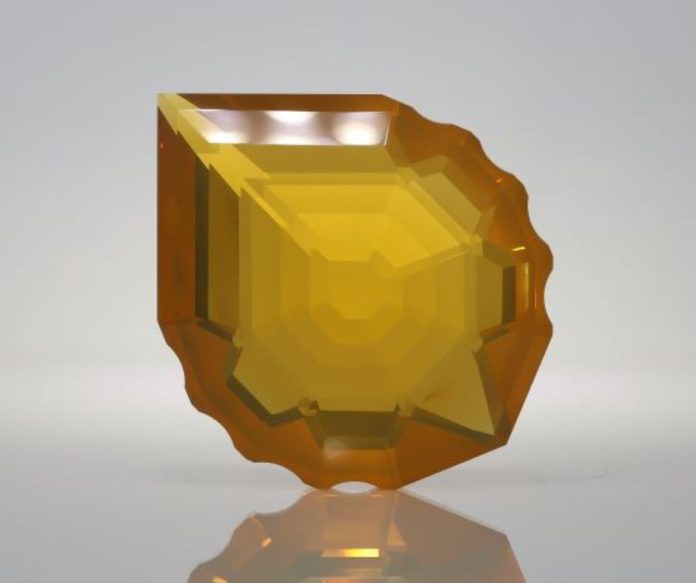
Fire opal from Juniper Ridge in Oregon was selected for this design through a design challenge on the Discord Faceting channel. Scott Laborie won the contest and I am happy to present his gemstone design, “Odyssey.”
It was interesting to see a trend where the most light return was from trillion designs with low crowns. Given the low refractive index of opal and its likelihood of windowing, allowing light to pass directly through the gemstone was not an insignificant task. The faceting challenges of this beautiful gemstone material require special care to create glowing fire opal gemstones.
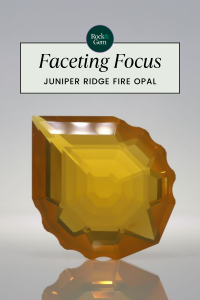
Working with Fire Opal
Juniper Ridge fire opal is a facet-grade opal that’s clear or transparent enough to return light and scintillate, plus it comes in large sizes and a variety of luscious gold, brown, yellow and red colors.
Juniper Ridge fire opal is a solid color and its desirability is based on its clarity, color and size. The majority is considered “sleepy,” in other words, hazy or cloudy. The less sleepy, the more desirable and brighter the stone.
Because opal begins to dry out once it’s removed from the ground, it needs to be cured by waiting at least 18 months after it is out of the ground before faceting. Most crazing and hazing will happen during this period. This rule does not include opal that is sold wet or in water. Avoid all wet or water-stored opal for gemstone faceting.
Opal is a soft and brittle material so avoid sharp corner designs and use gentle laps to prevent problems. For polishing, I recommend the Gearloose Creamway lap. Take your time with your pre-polish to remove any small chipping from more aggressive laps. Opal has an amorphous crystal structure and does not have cleavage plans so it can be oriented in any direction.
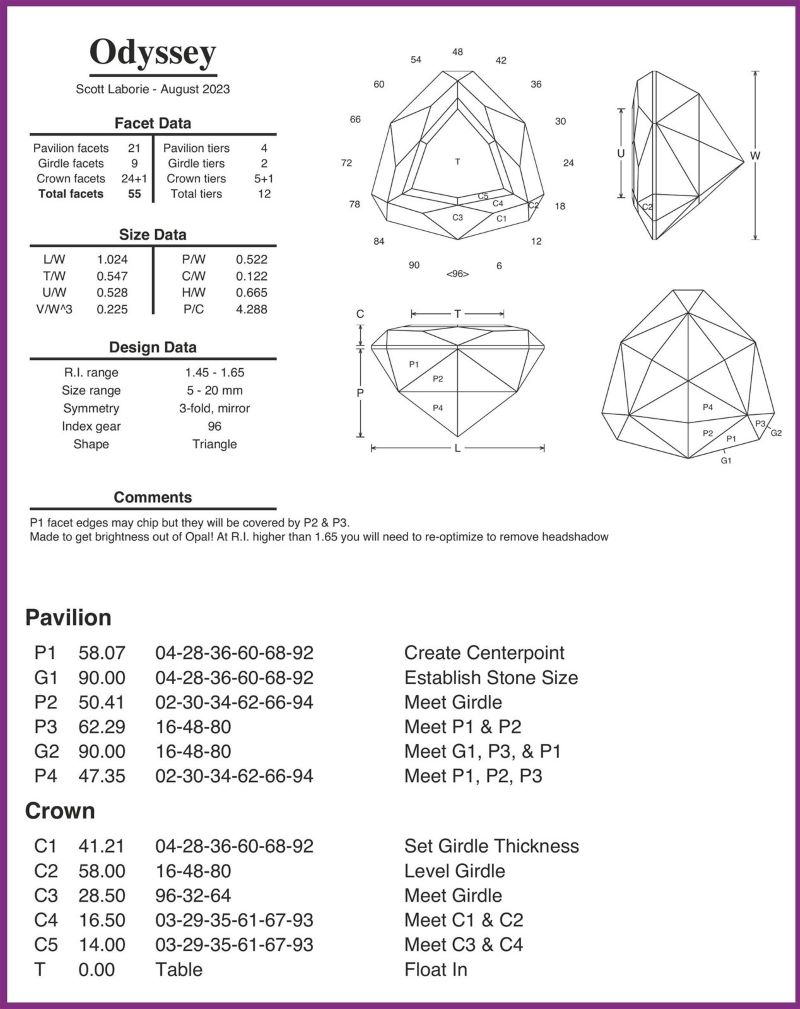
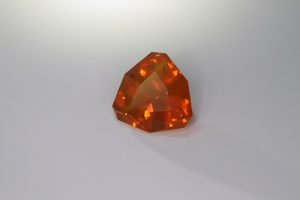
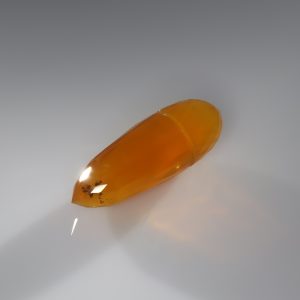
You can enjoy more of Mark’s gemstone work at instagram.com/hashnustones/ He can be contacted at hashnustones.com/contact-us.
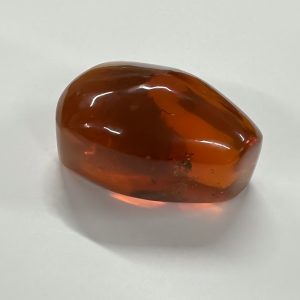
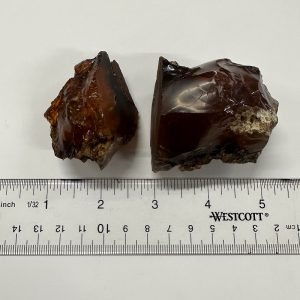
This story about Juniper Ridge fire opal previously appeared in Rock & Gem magazine. Click here to subscribe. Story by Mark Oros.













